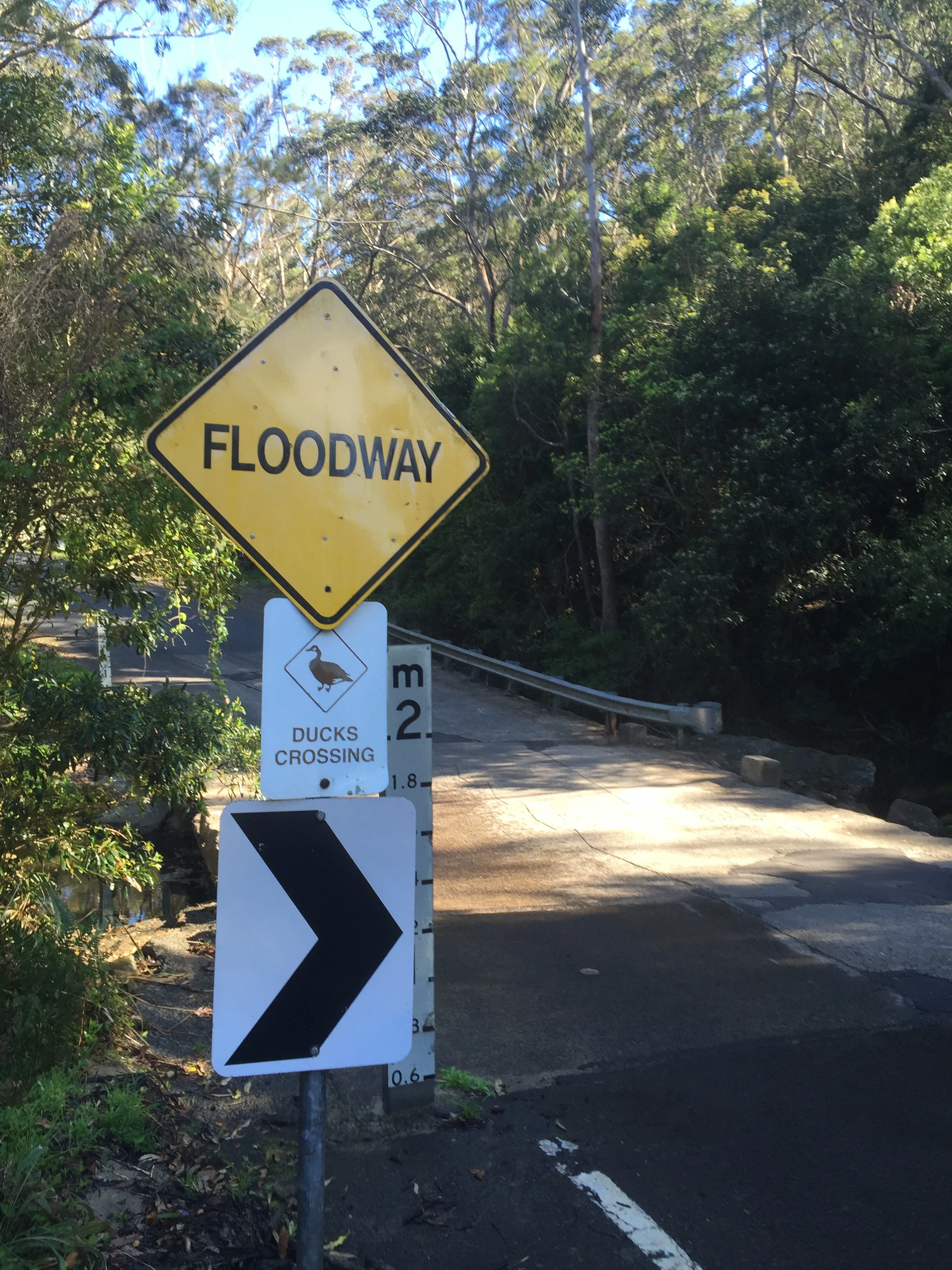
lists’ organisations MAG and KNMV, the Netherlands Vehicle Authority (RDW) investigated the visibility of motorcycles for vehicles with semi-autonomous systems to control vehicle speed.
The tests show that in some cases the systems will detect a motorcycle at a greater distance than it will detect a passenger car. However, if a motorcycle rides at or near the edge of the lane the system fails to see the motorcycle. In those cases, action had to be taken by the driver of the car to prevent a collision. The basic problem is that the current generation vehicles with the semi-autonomous technology only have a limited scan width for detecting vehicles in front. These can spot another car, van, bus or truck immediately in front, but will not pick up a motorcyclist (or for that matter a cyclist) not riding in the centre of the lane.
But both motorcyclists and cyclists have strong safety reasons for not riding in the centre of a lane at times. Road markings, metal drain covers and asphalt joints (usually the first part of a road surface to fail) are all frequently located in the centre of a traffic lane.
Meanwhile a report from the Forum of European Road Safety Research Institutes (FERSI) and
In addition, an article recently published in the Financial Times written by Mica Endsley, president of SA Technologies and former chief scientist of the US Air Force, further highlights safety concerns surrounding driverless vehicles. Endsley’s experience in aviation shows that assuming technology will address human error and prevent crashes is incorrect. Instead, such safety technologies change the way people behave, resulting in different kinds of errors. Endsley also said that increased vehicle autonomy results in lower levels of human engagement. Should a problem arise that the self-driving vehicle has not been programmed to deal with, a human at the controls will have low levels of engagement and high levels of complacency and may take too long to respond. The cause of the fatal crash in Arizona has yet to be discovered. But while driverless vehicle technology will improve over time, for the moment the systems are imperfect. Endsley cautioned that until such time as the technology improves significantly, autonomous vehicles will remain dangerous.
Rather than a Brave New World, driverless vehicles may instead deliver new types of crashes.






